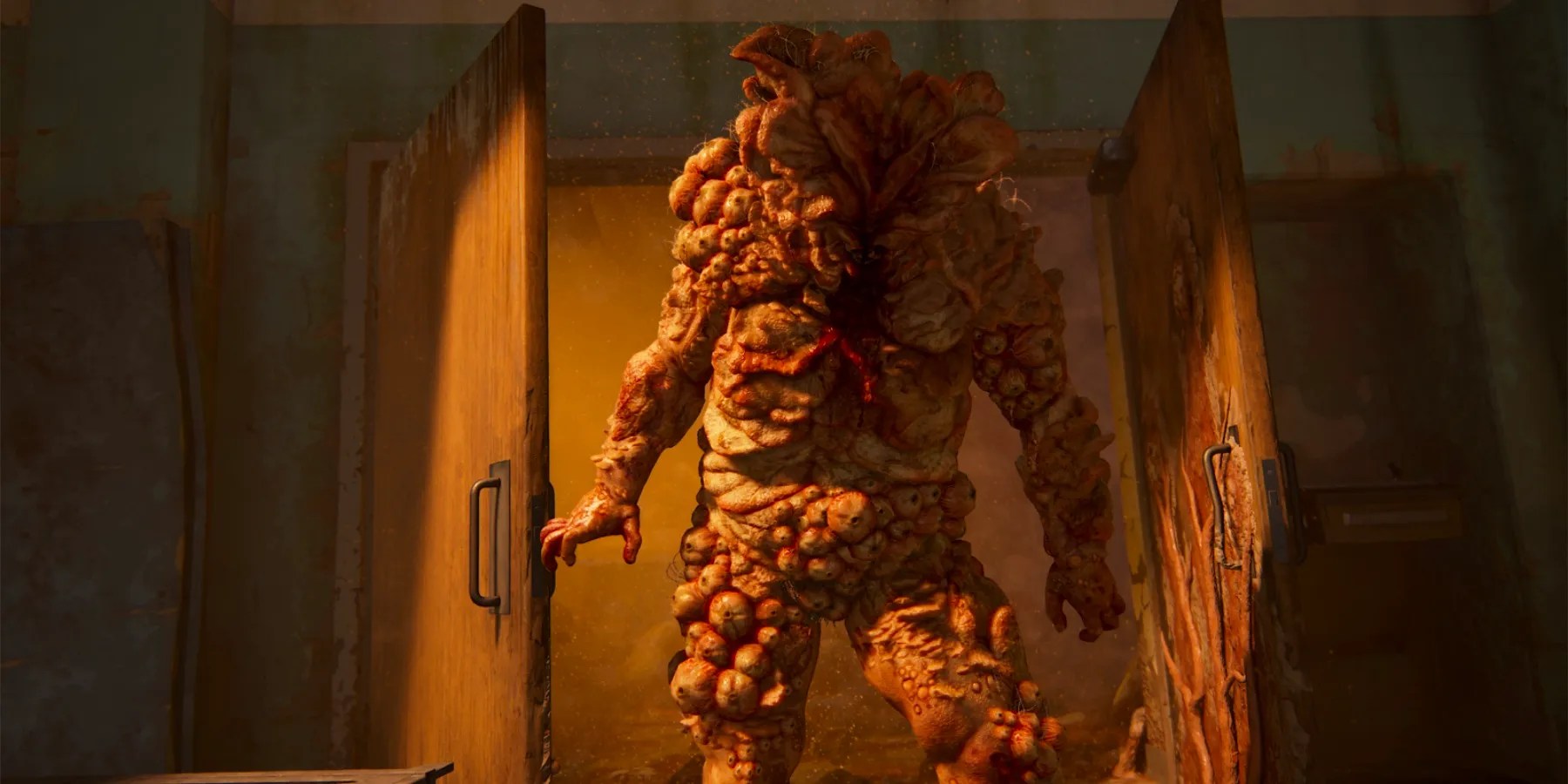Summary
Though there have only been a couple stand-alone releases,The Last of Ushas covered decades of time, from the outbreak and the impact that it had twenty years later. Being reintroduced to a far more damaged Joel to the one who was first seen in the 2013 game gave it impressive scope, and showed just how muchthe Cordyceps virushas humanity on its knees. The second game uses frequent flashbacks to push its story forward, showing again the franchise’s complicated timeline.
The two-decades of time between the start of the infection and the events ofThe Last of Usare largely unexplored by developer Naughty Dog, which could make one think that this would be a viable way to bring Joel back into the fold and further flesh out the game’s wider world and story. This isn’t a stretch, but though focusing on the past certainly has its benefits, it’s cleaner and far less risky to just keep pushing forward, looking to the future for more narrative and mechanical ideas.

RELATED:The Last of Us’ Jesse Got the Short End of the Stick
The Last of Us Needs to Leave Well Enough Alone
The Last of Usis one of the most critically praised games ever made, and though its follow-up is more divisive, its sequel status means it doesn’t detract from the experience of the first by upsetting its foundations.The Last of Us 2builds on an existing legacy instead of trying to make the existing one better. Dipping back into the past, no matter how spotty it seems, could be a slippery slope, and one that may damage the impact of the 2013 original in the long run.
The Last of Us 2takes place five years after the events of the first game, which has a story set 20 years after the Cordyceps outbreak.

The twenty years between the opening ofThe Last of Usand the rest of its stellar story is shrouded in mystery, save fora small Ellie-centric tale inLeft Behind. This would make logistical sense for a prequel that puts Joel back at the center of the story, but as his fate seems to be so polarizing, seeing him again and trying to add to his character could potentially negatively compromise people’s perspective of him.
To Some, Joel is The Last of Us' Biggest Villain
For many players, Joel’s desperate deed at the end ofThe Last of Uswas truly unforgivable, and shoving him back into the limelight may prove detrimental, especially if he’s framed as the hero. Pre-outbreak could even be an alternative prequel setting, but there has to be an immediate threat to justify having such intense combat encounters, which undoubtedly come long after society fell.
More Threats Can be Found in The Last of Us' Future
On a gameplay level it seems wise to go into the future withThe Last of Us 3and beyond. From runners, to clickers, and bloaters, the enemies inThe Last of Ustend to get more dangerous the more time goes on, and story-wise it would be hard to introduce new obstacles to overcome that haven’t been seen before in a prequel, unless the series finds a way to get around the issue by going to an entirely different setting.
Ellie’s story is far from simple, and Abby’s involvement makesThe Last of Usin its entirety more of a moral conundrum than ever before. It will be tough to create a seamless next chapter that justifies its existence while actively making the first two games better, but if it is to achieve this feat, logic implies a future-set follow-up would stand the best chance. Gameplay and challenge always needs to be improved with sequels, andthe past inThe Last of Us, while patchy, is great. The absence of answers from the past, like Joel’s time in Boston and Ellie’s parents, is even one of the series' strengths, and tampering with it would be treading on mighty thin ice.
